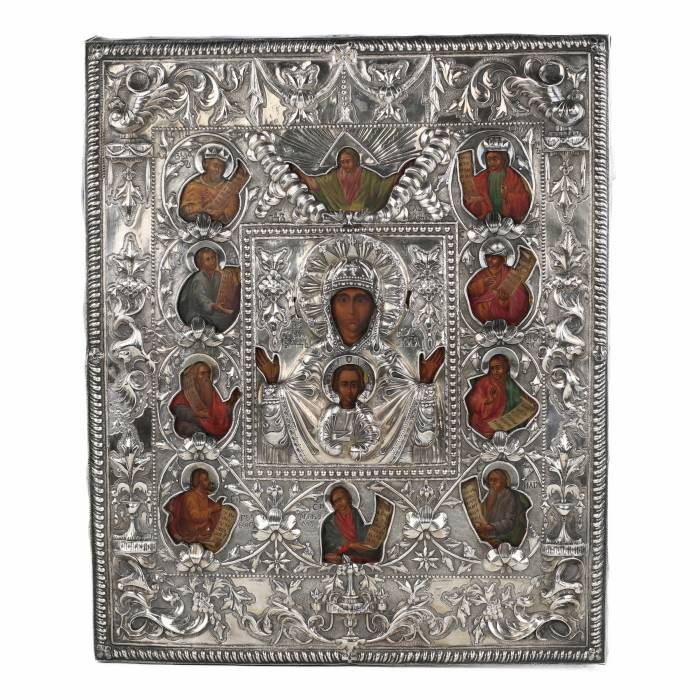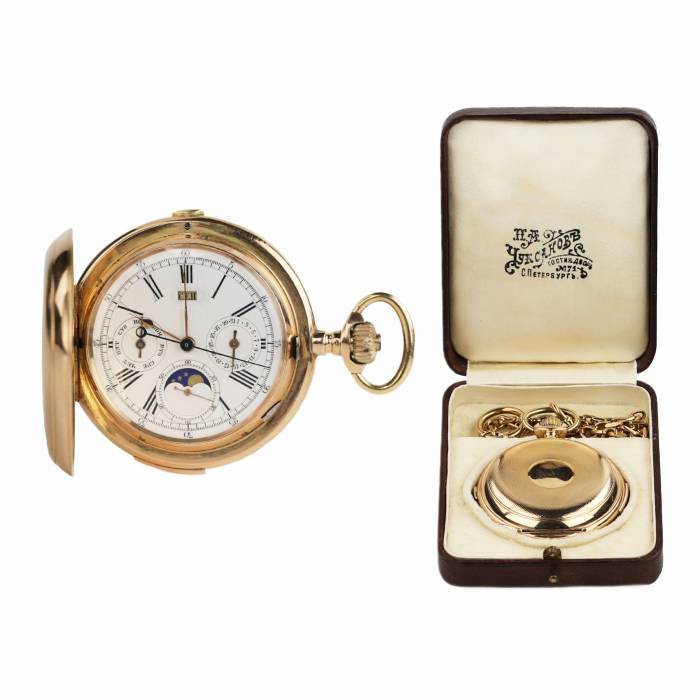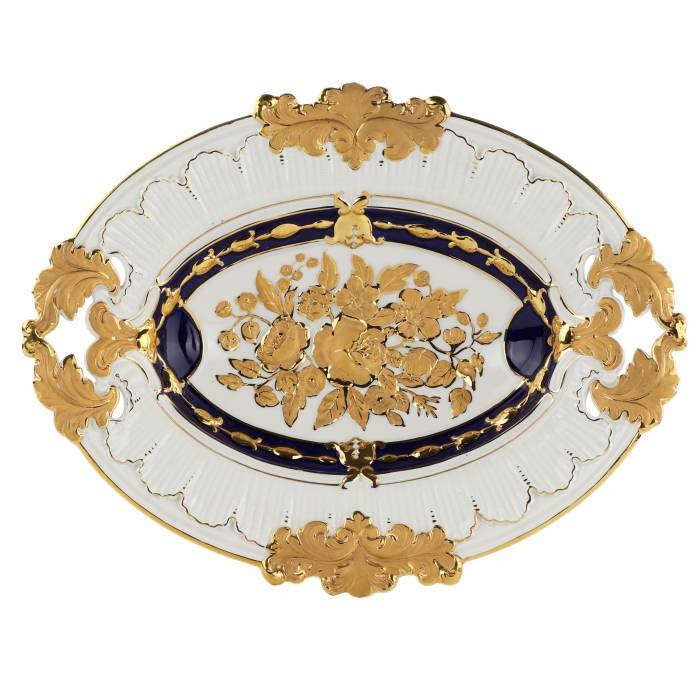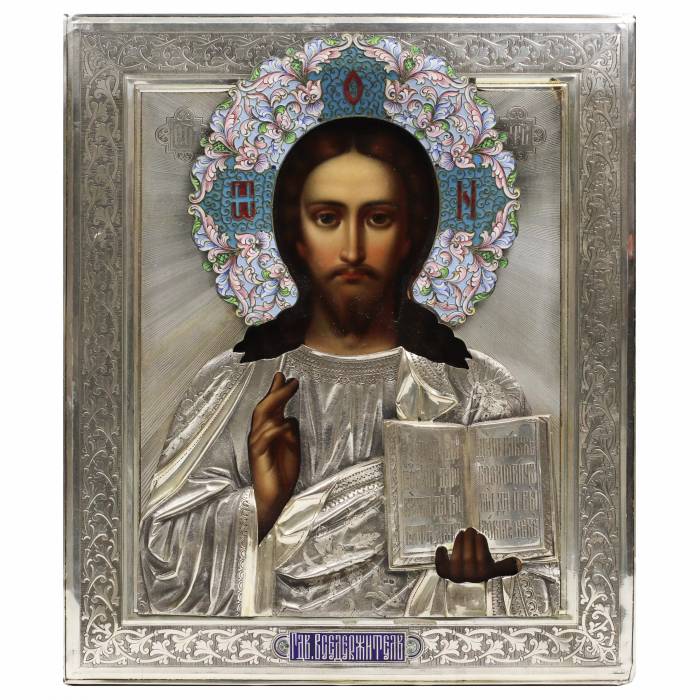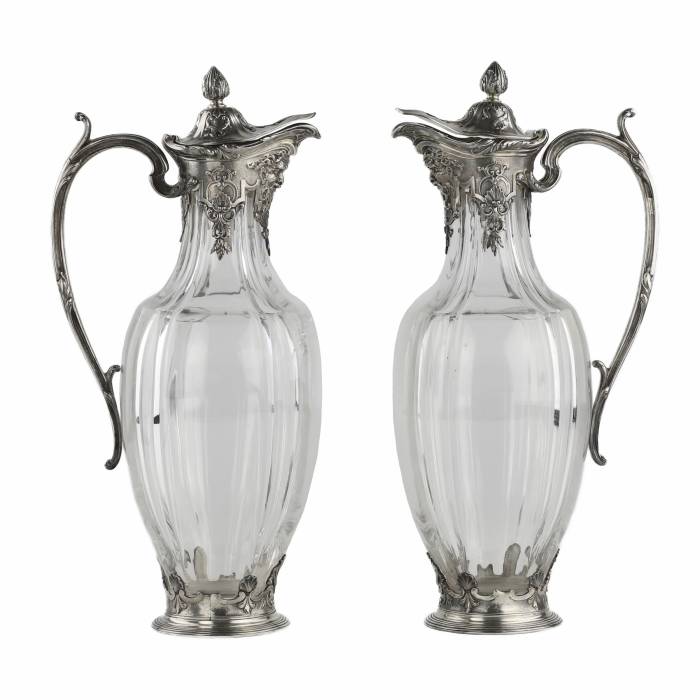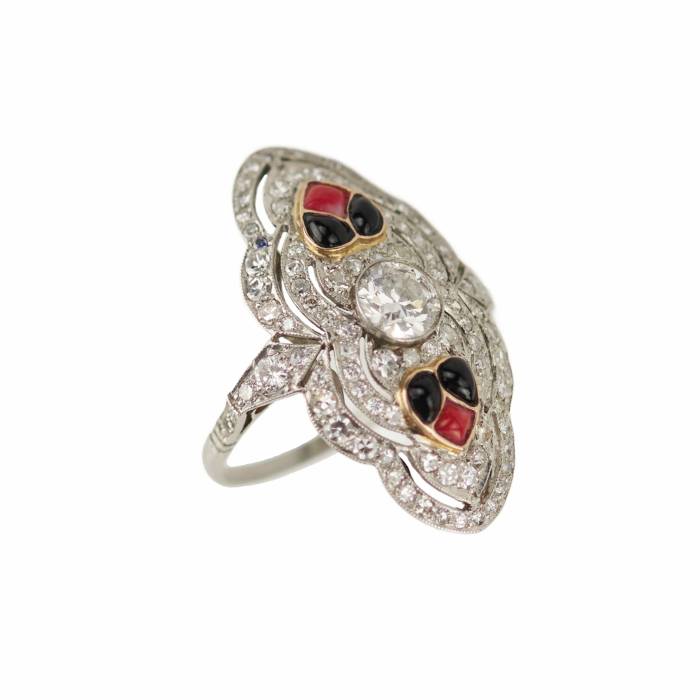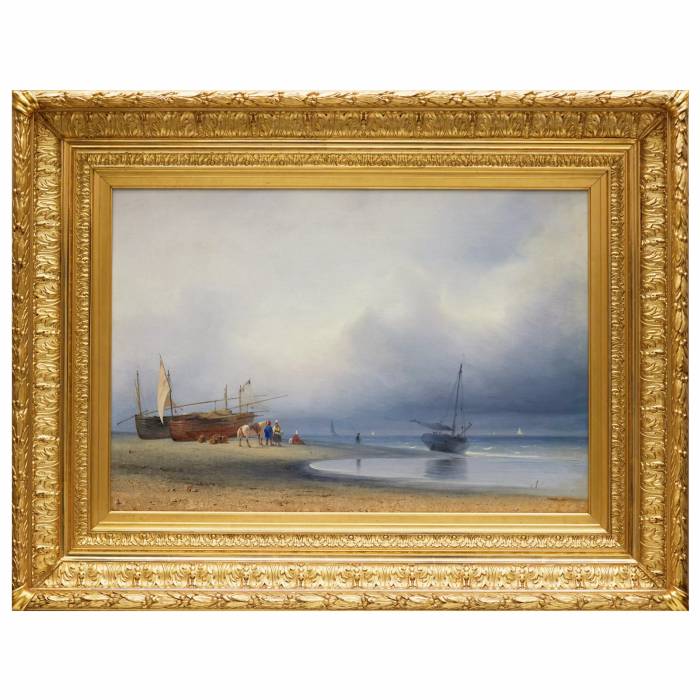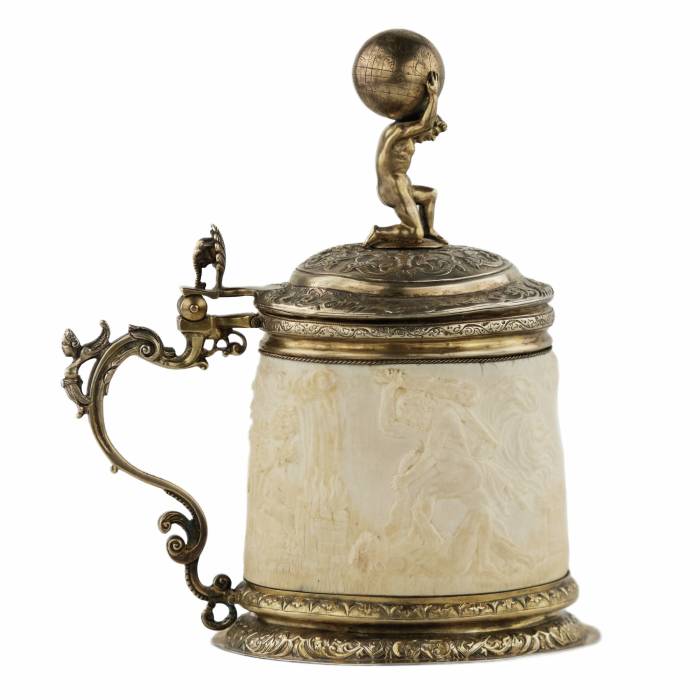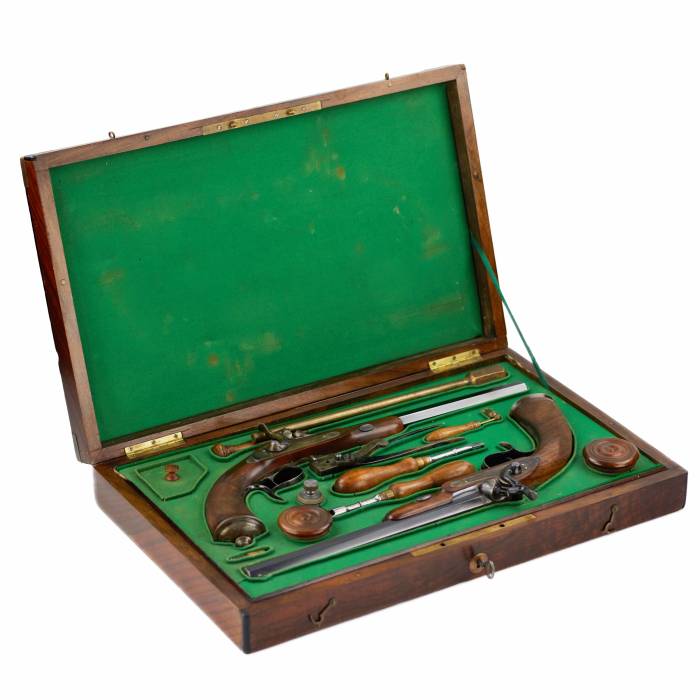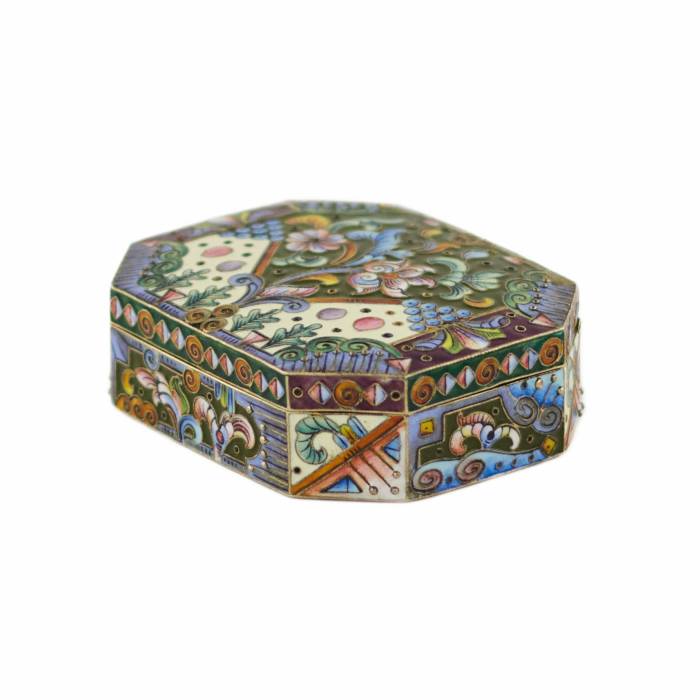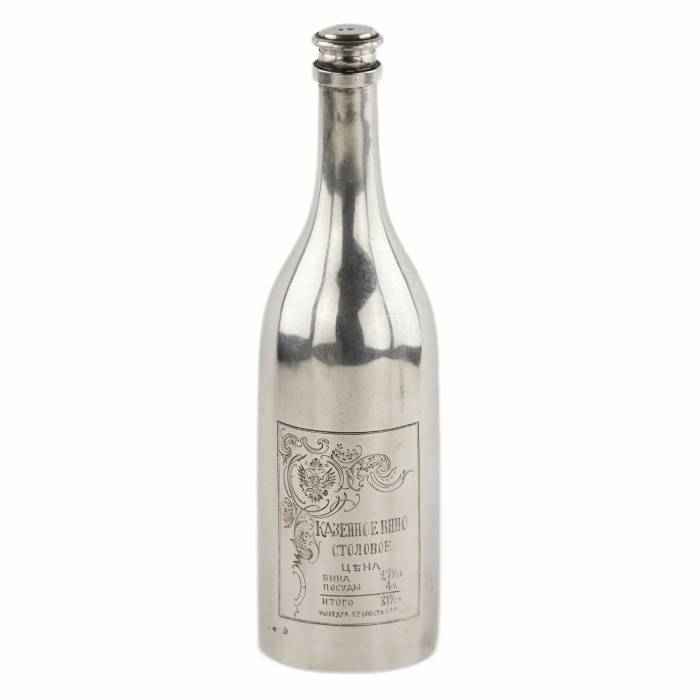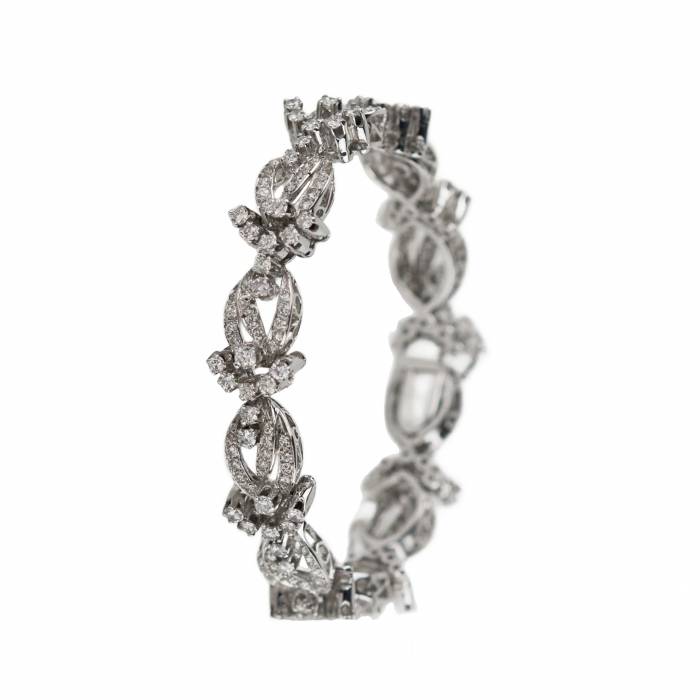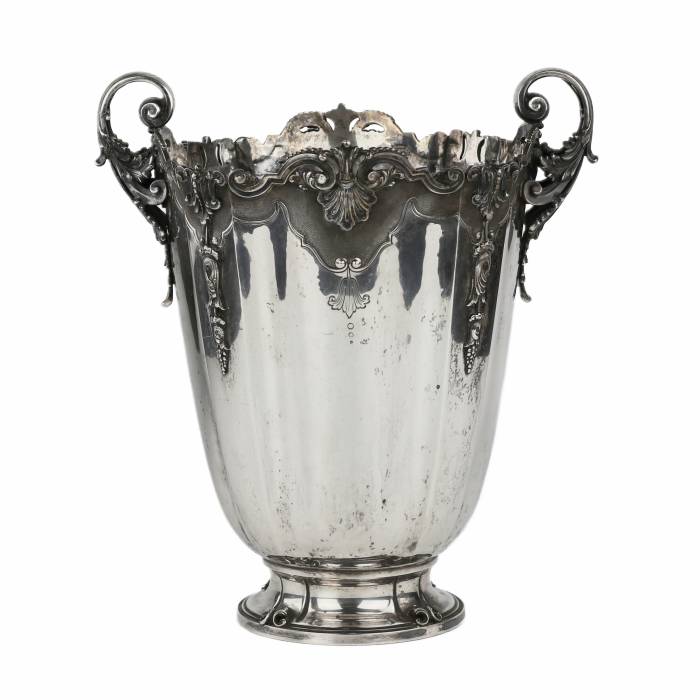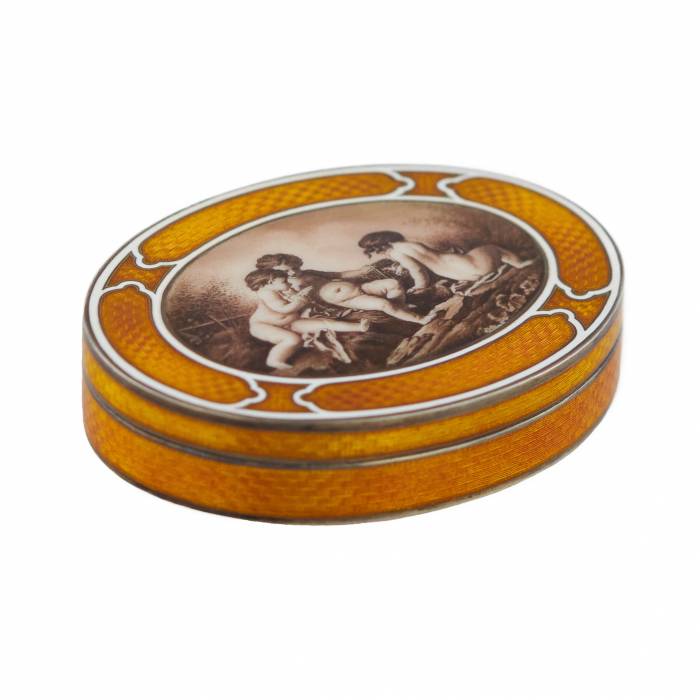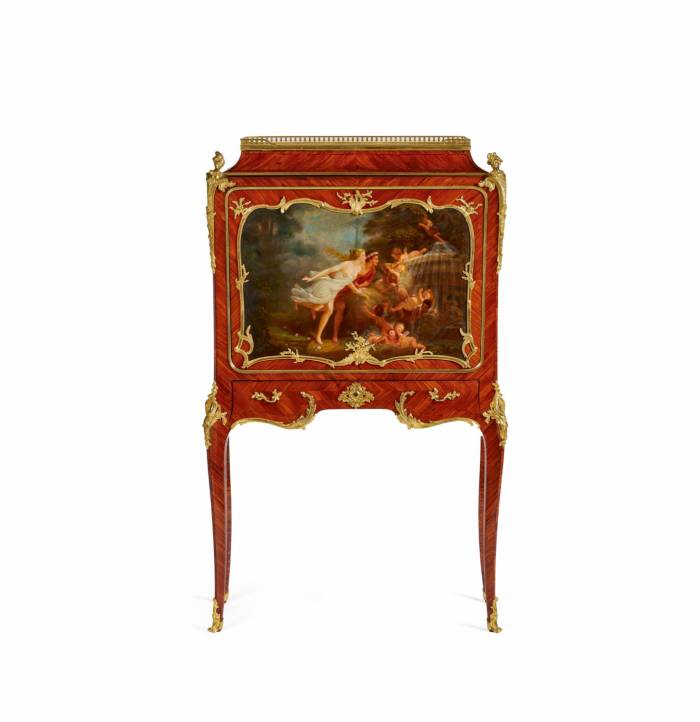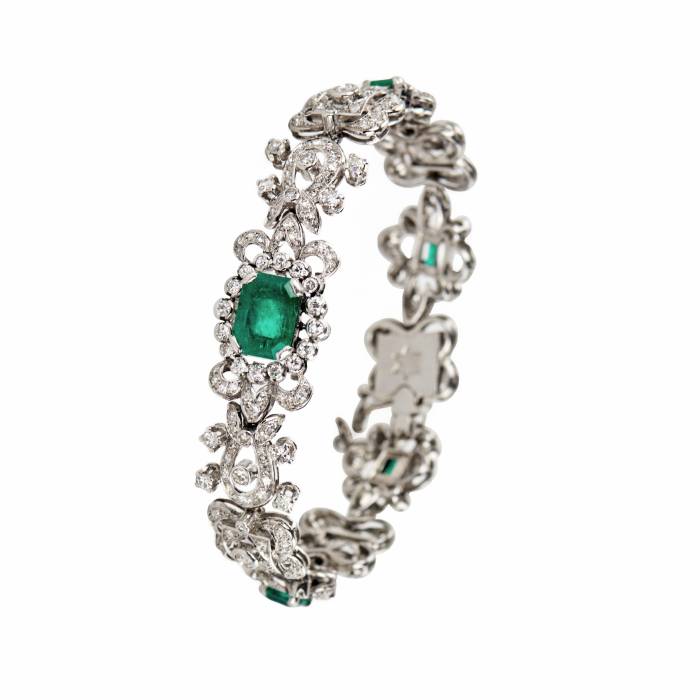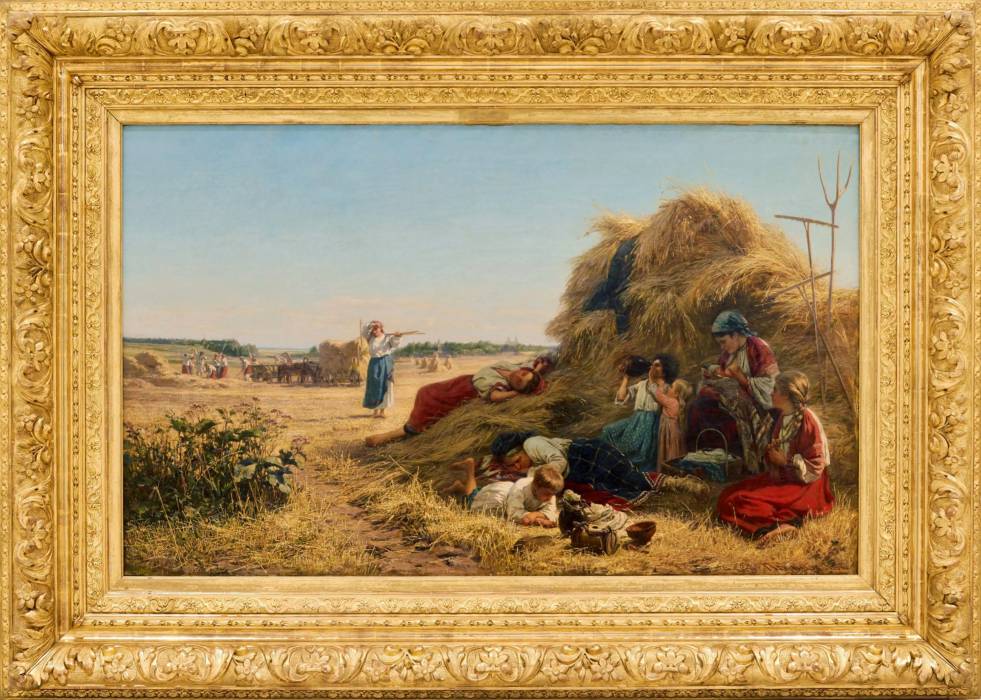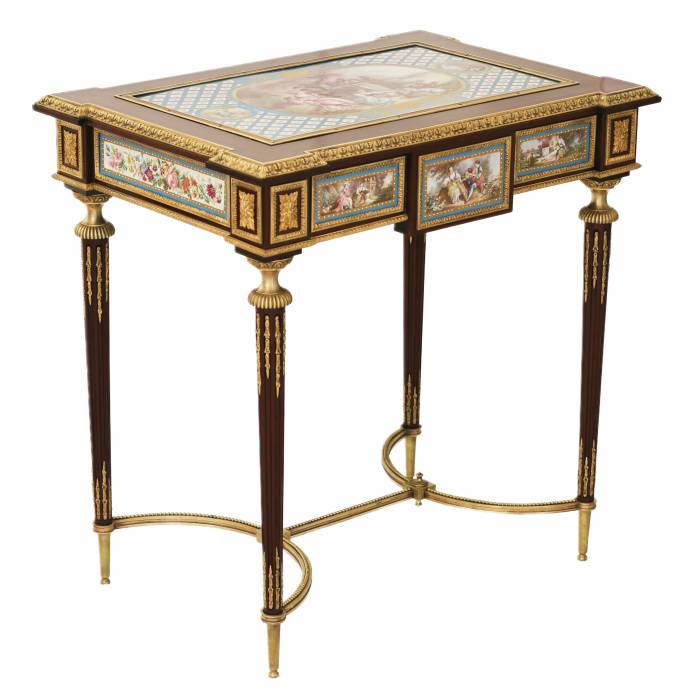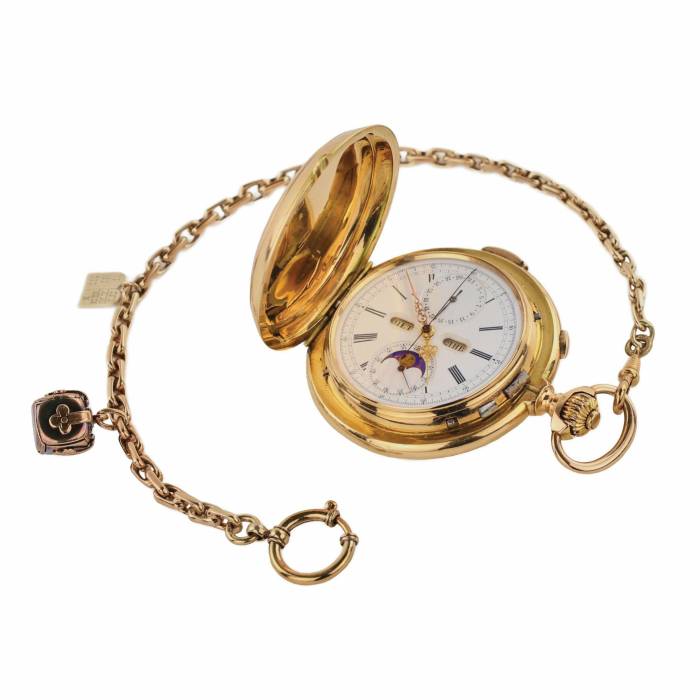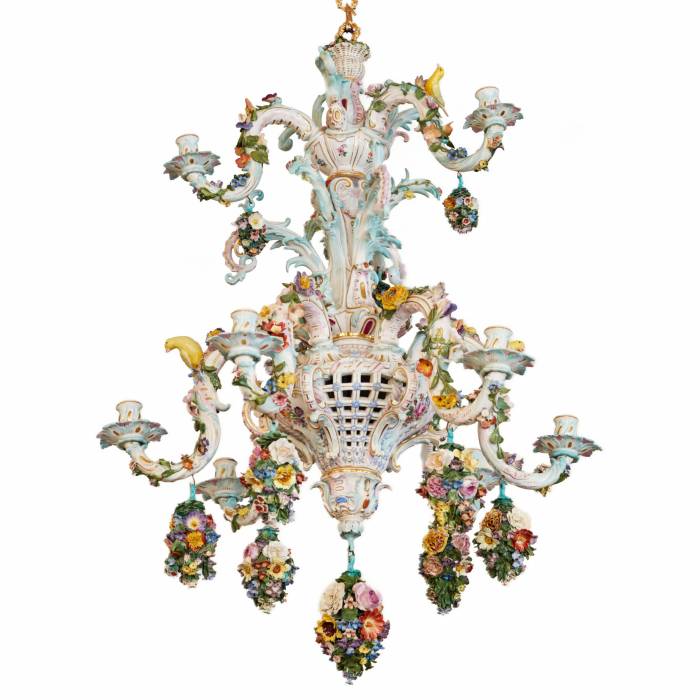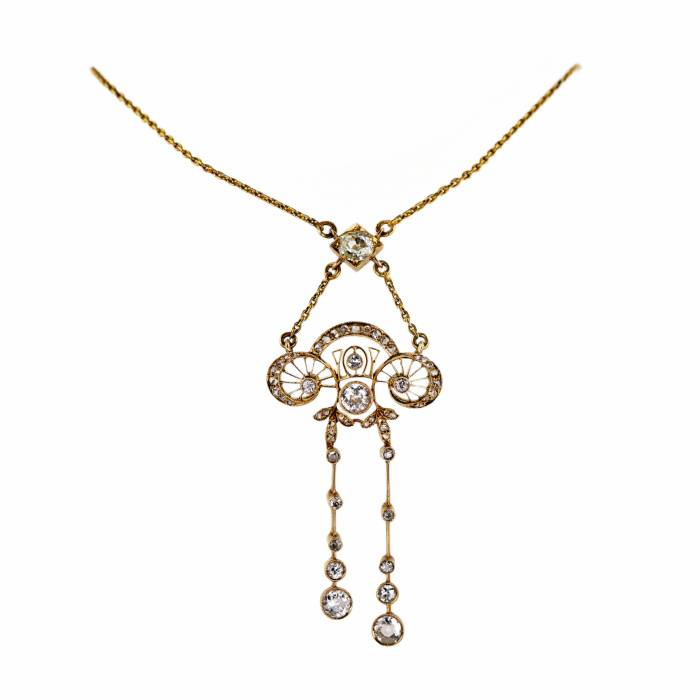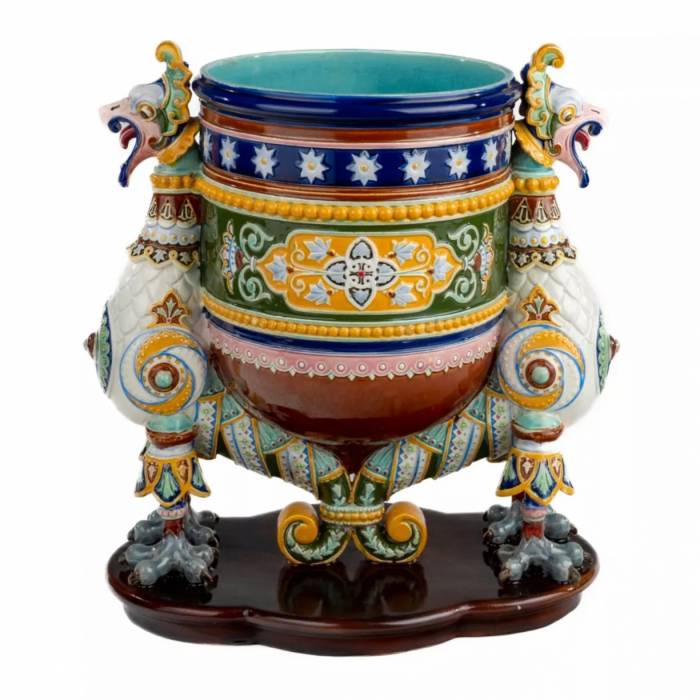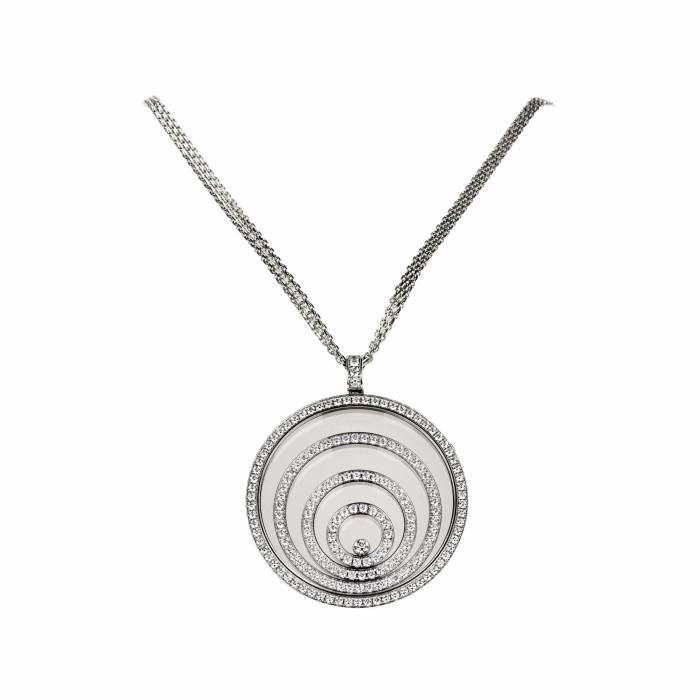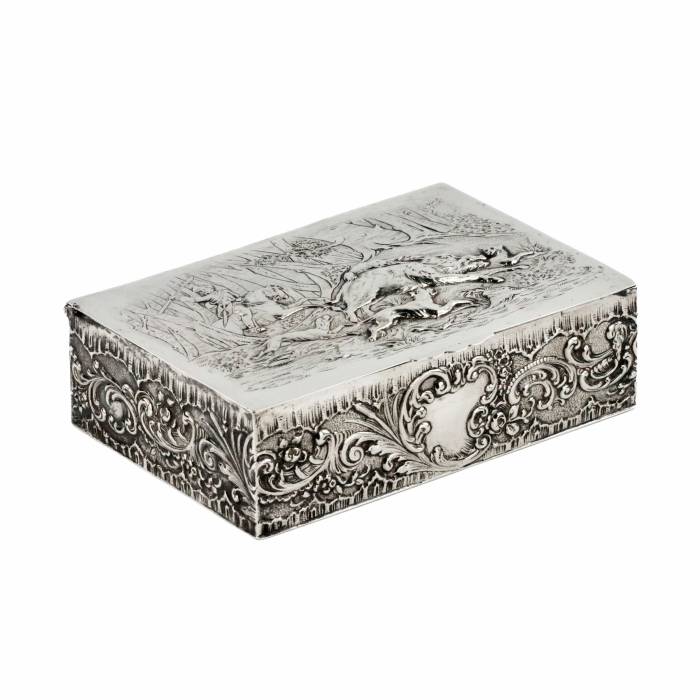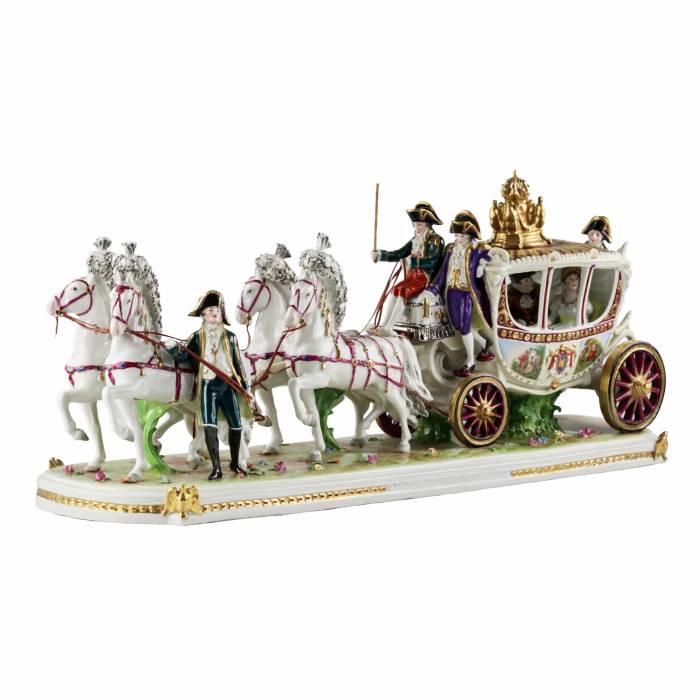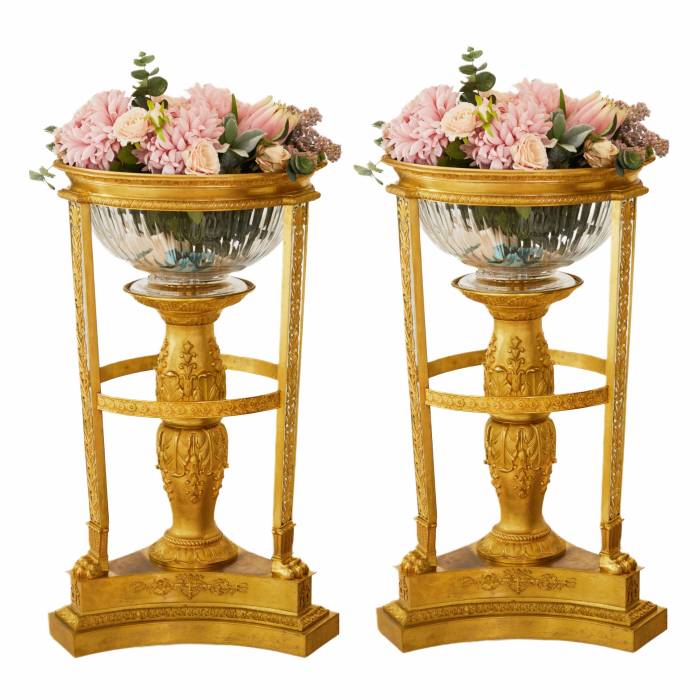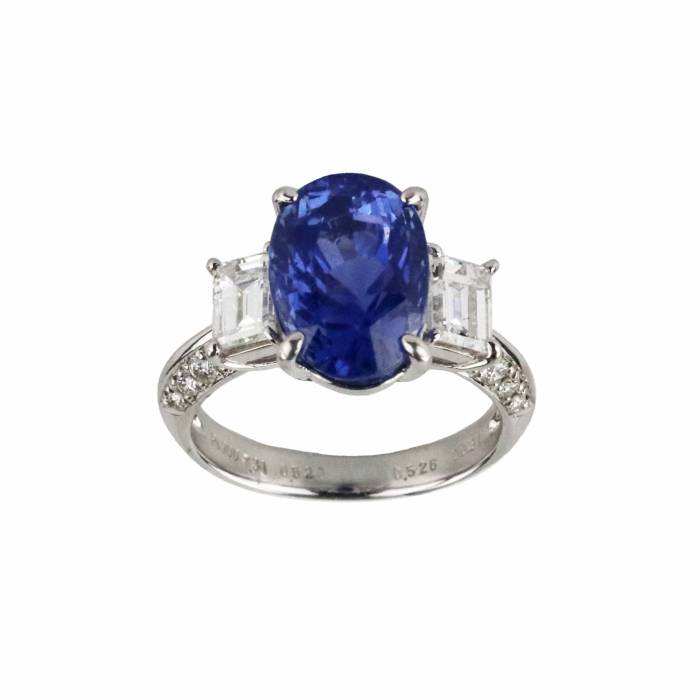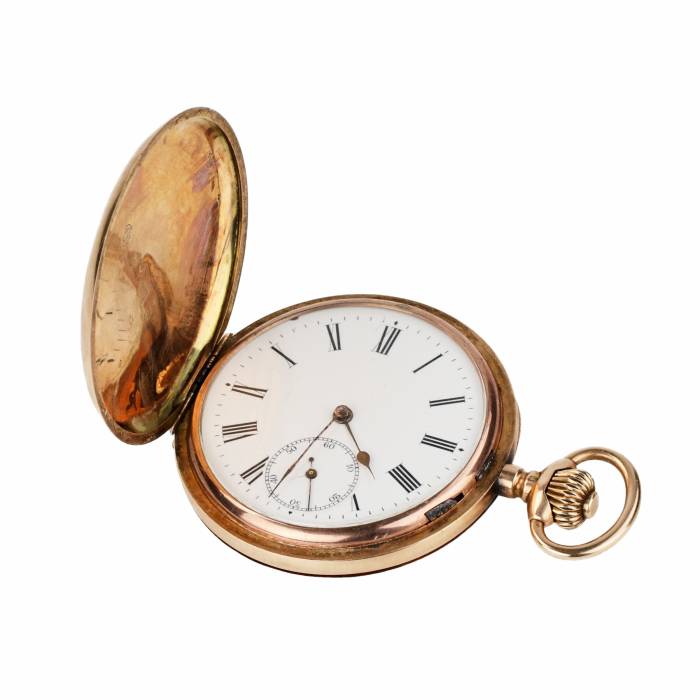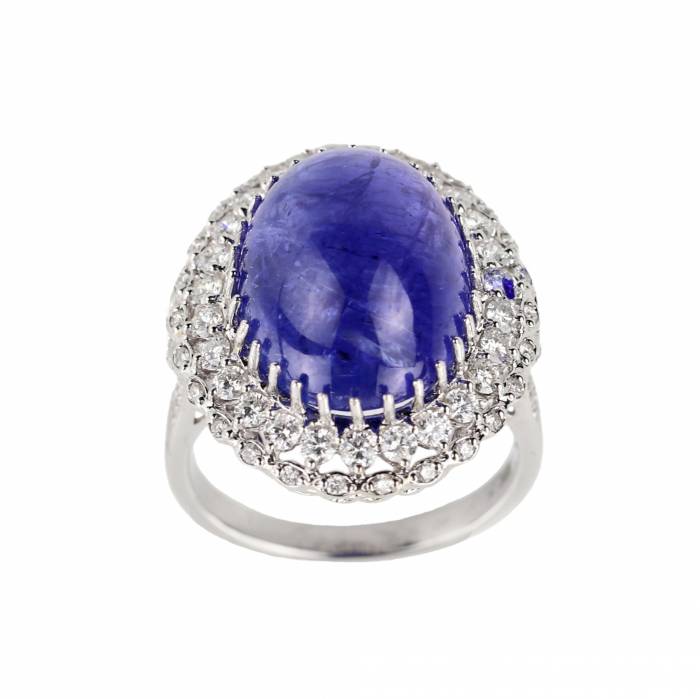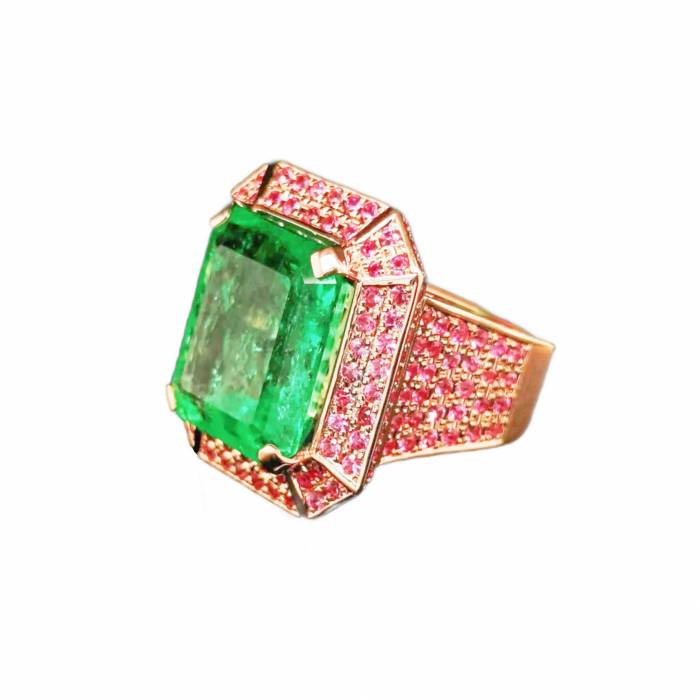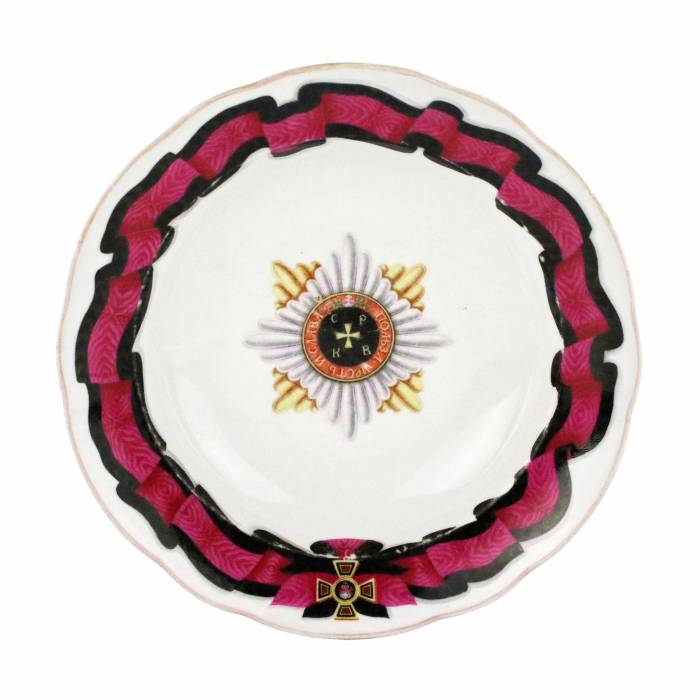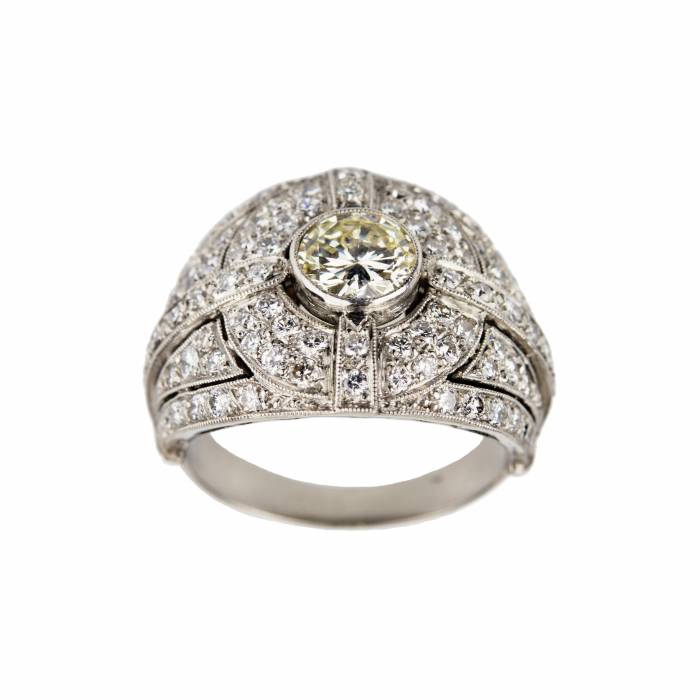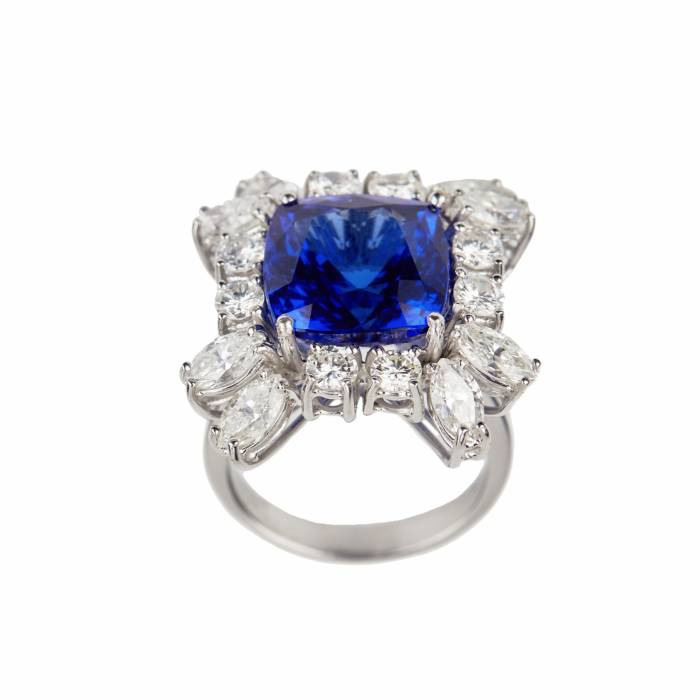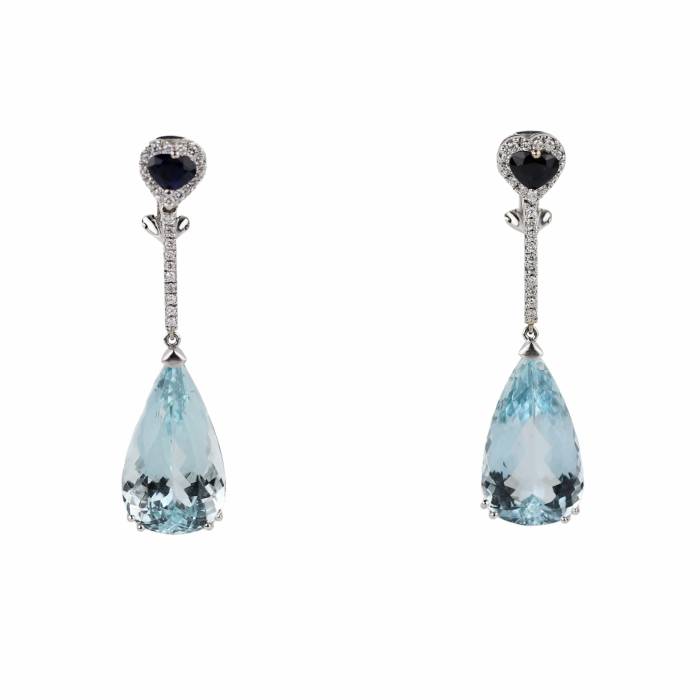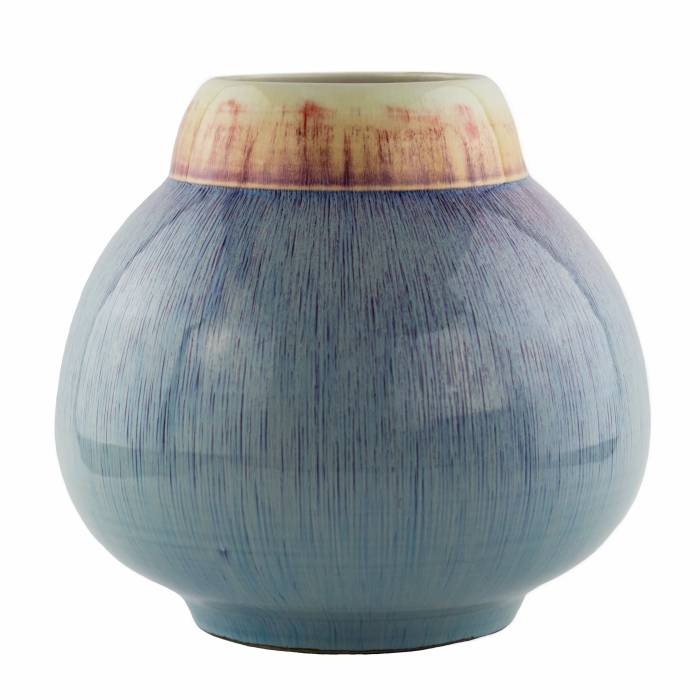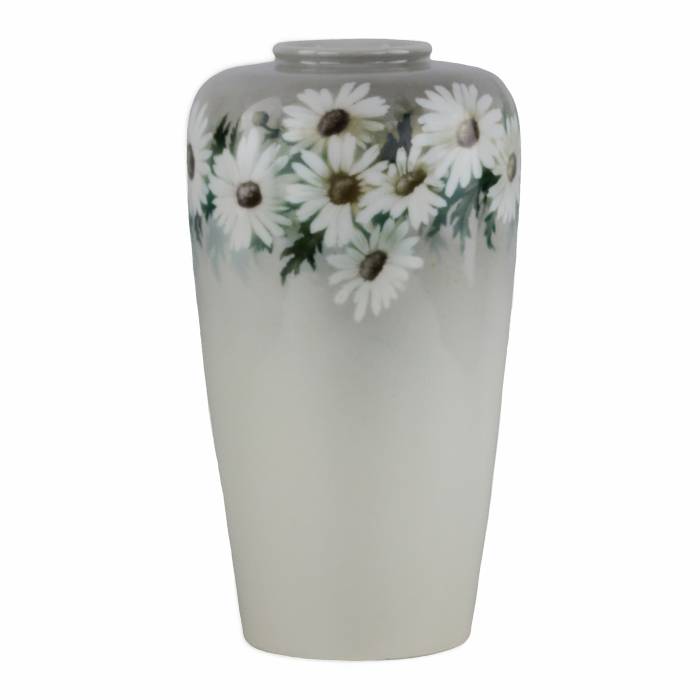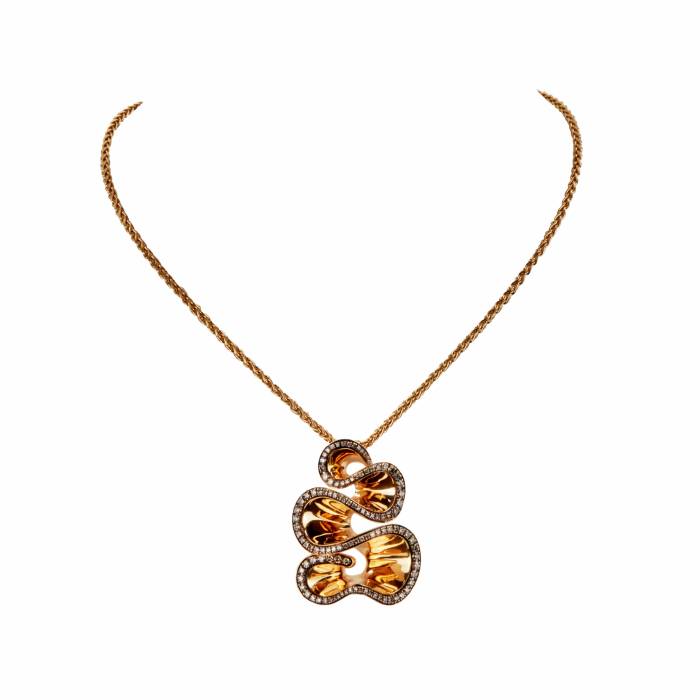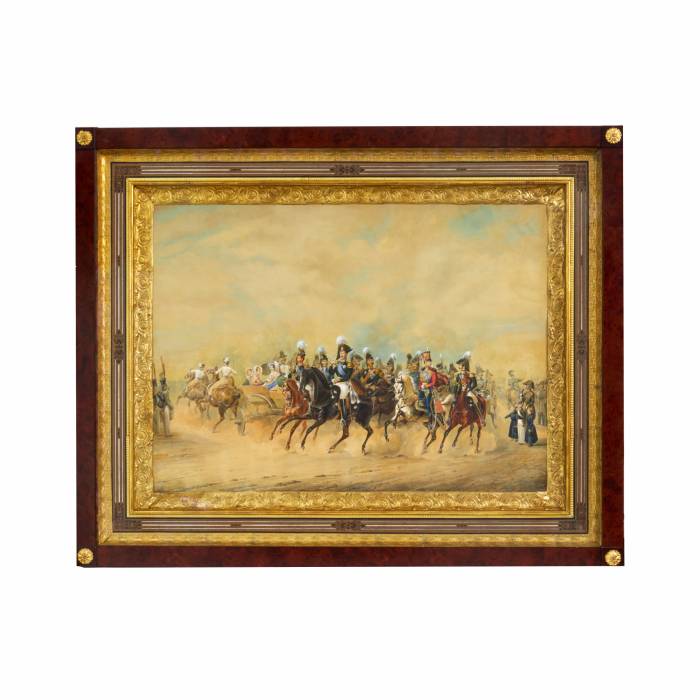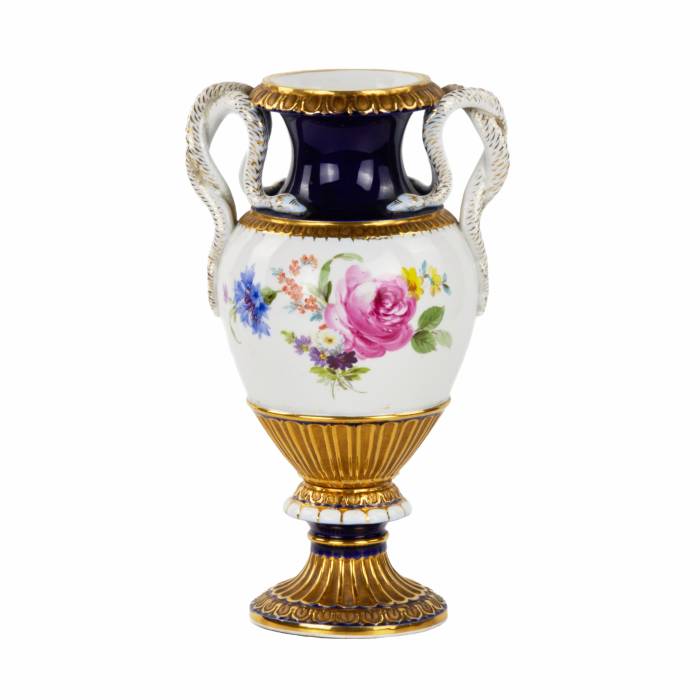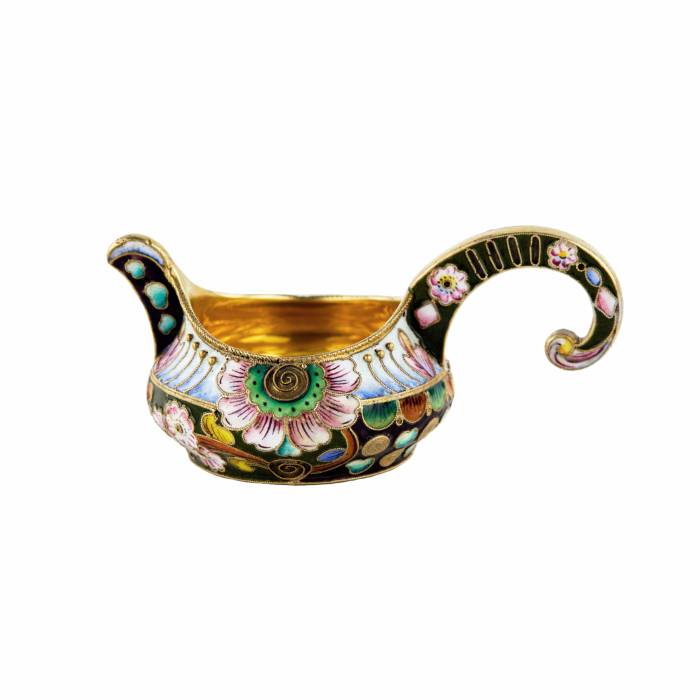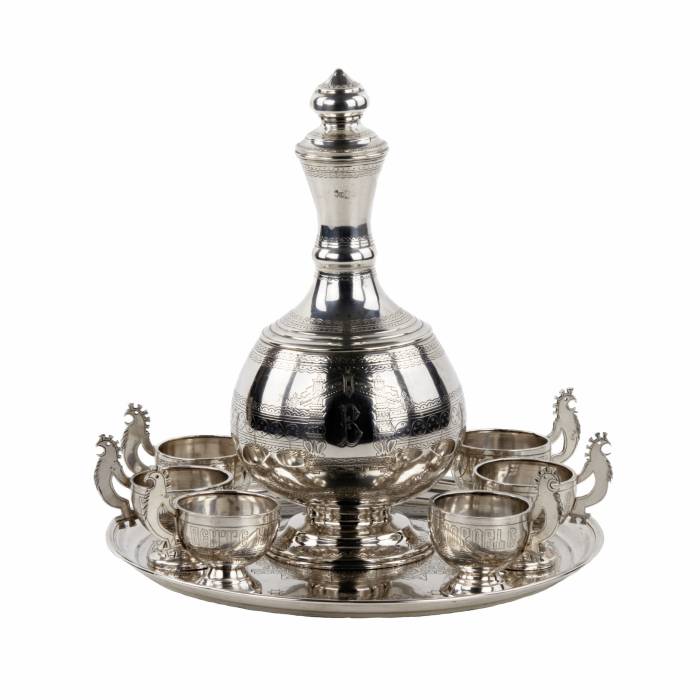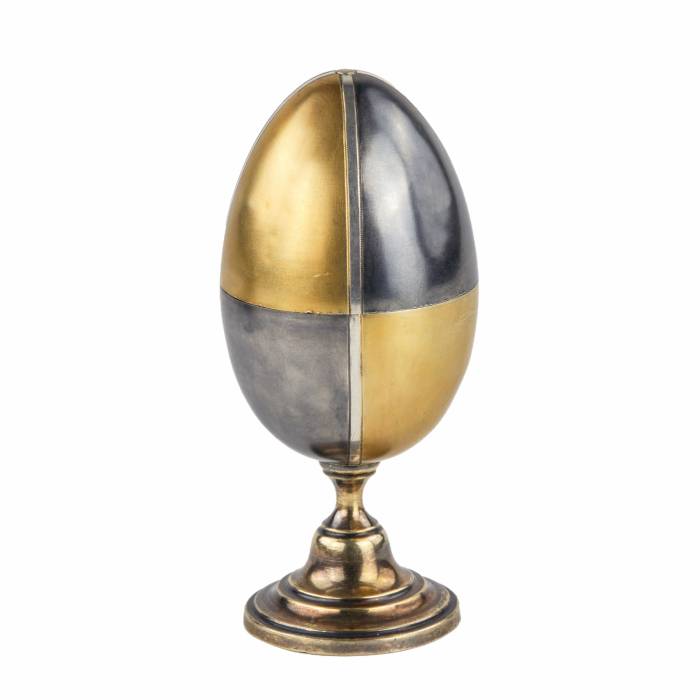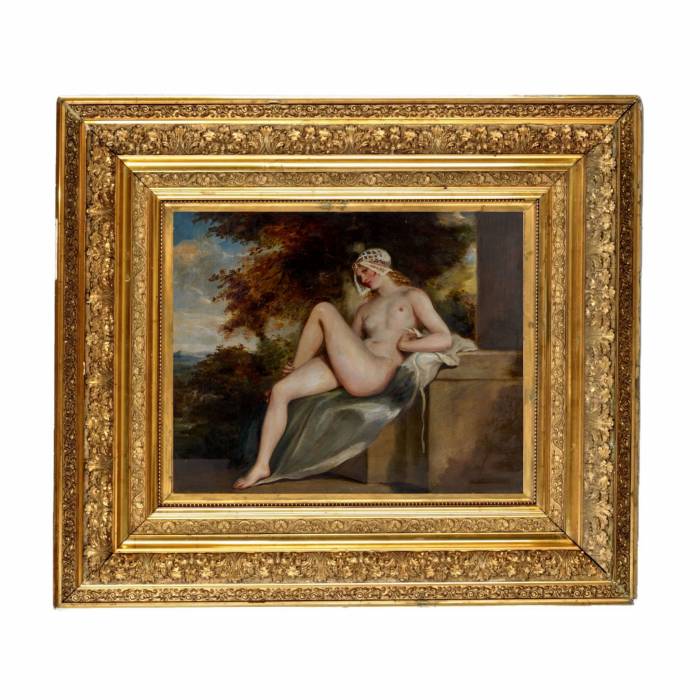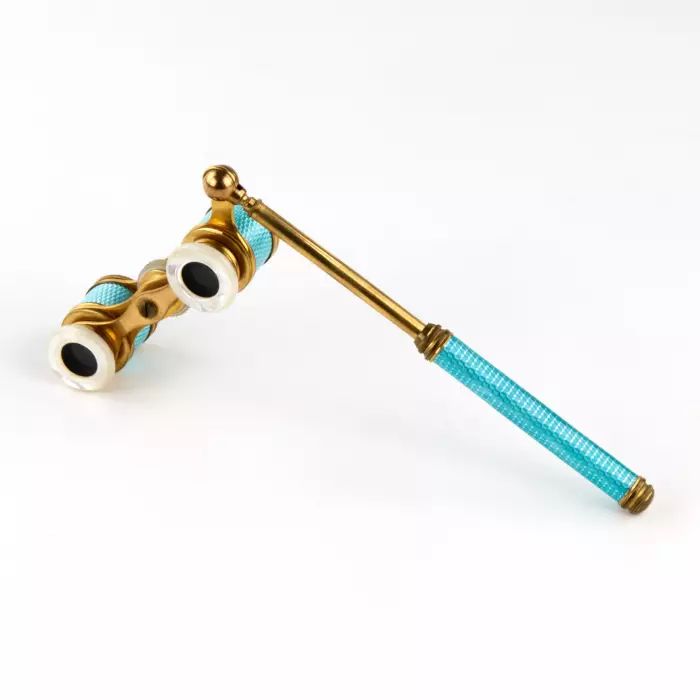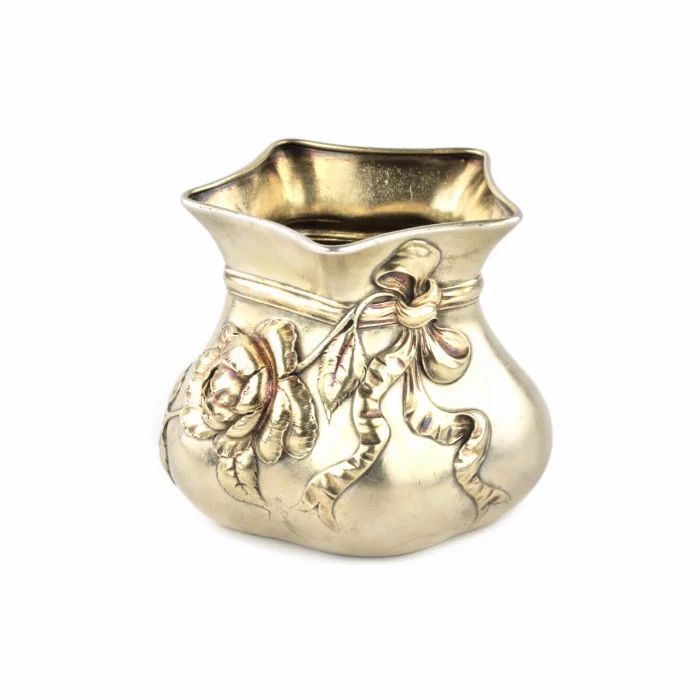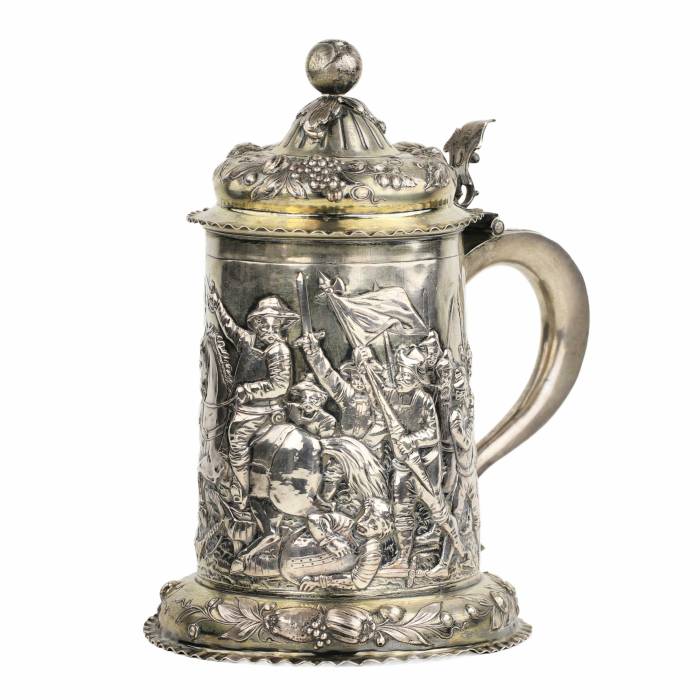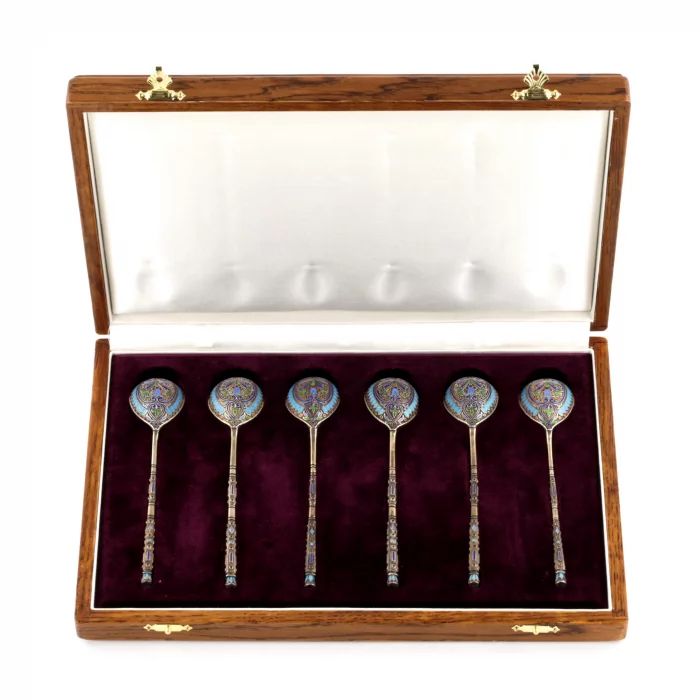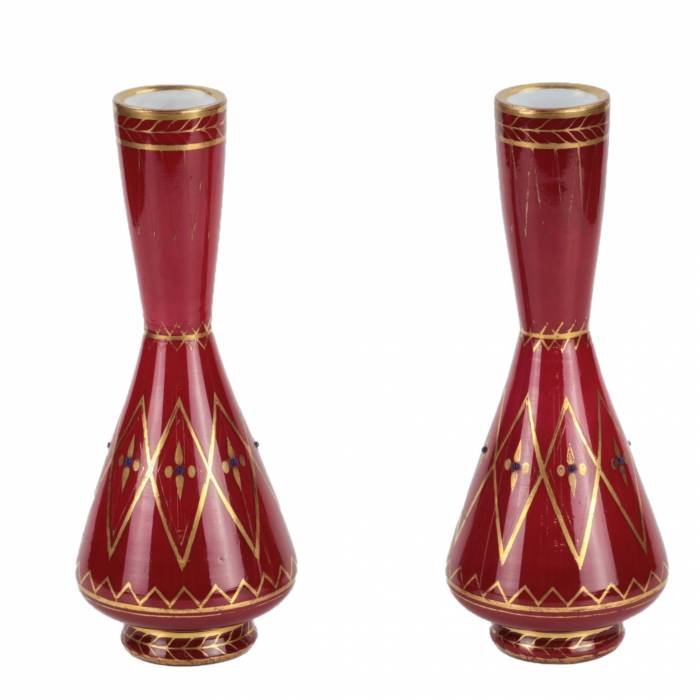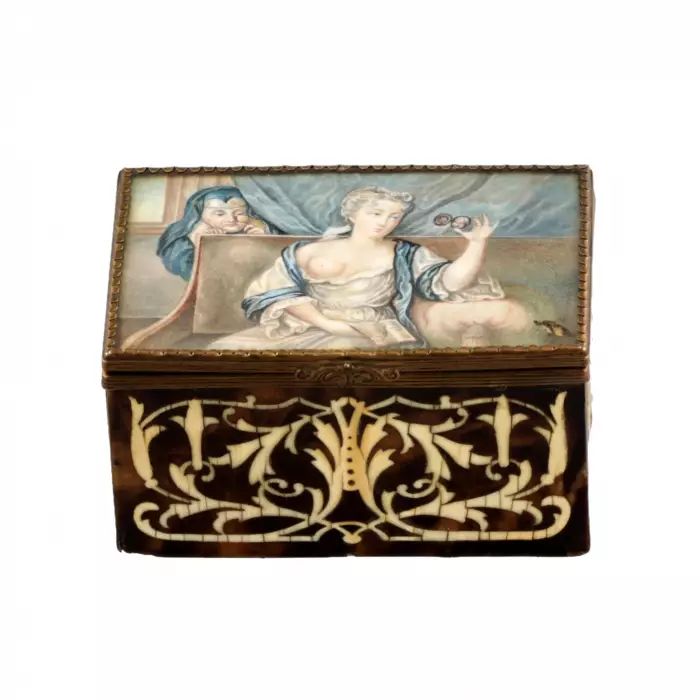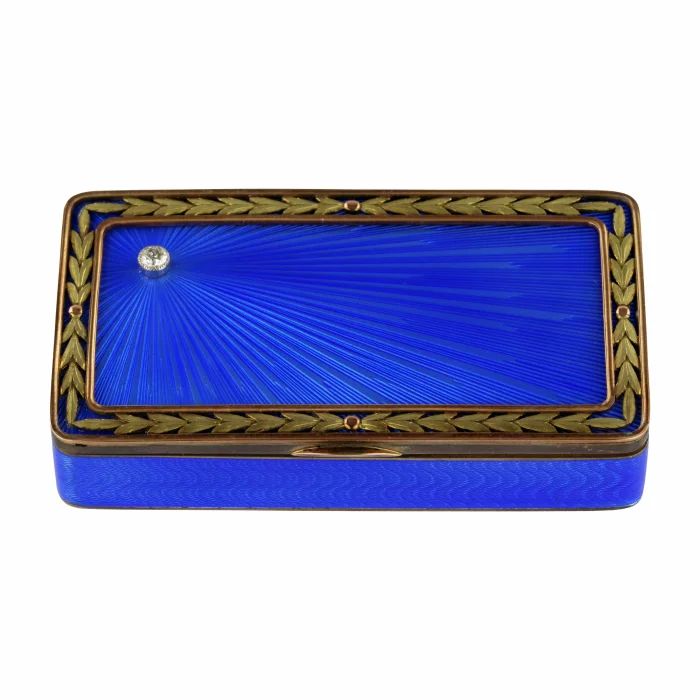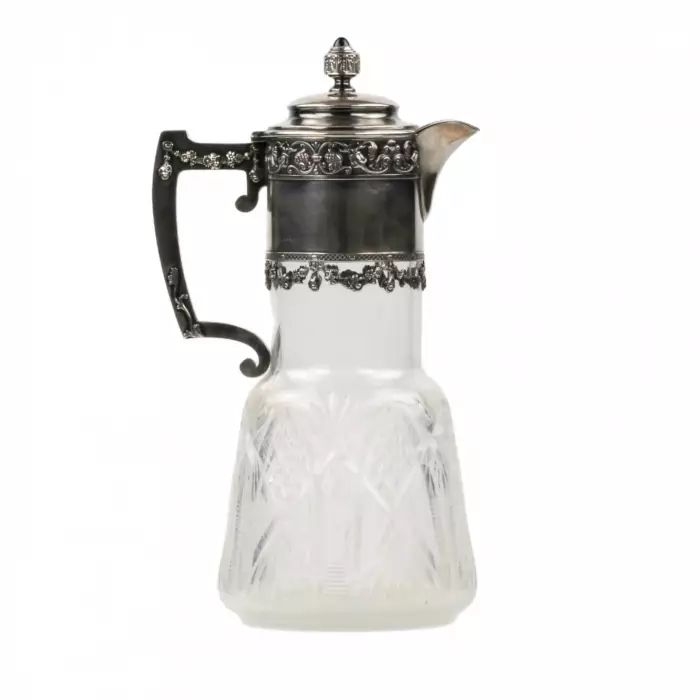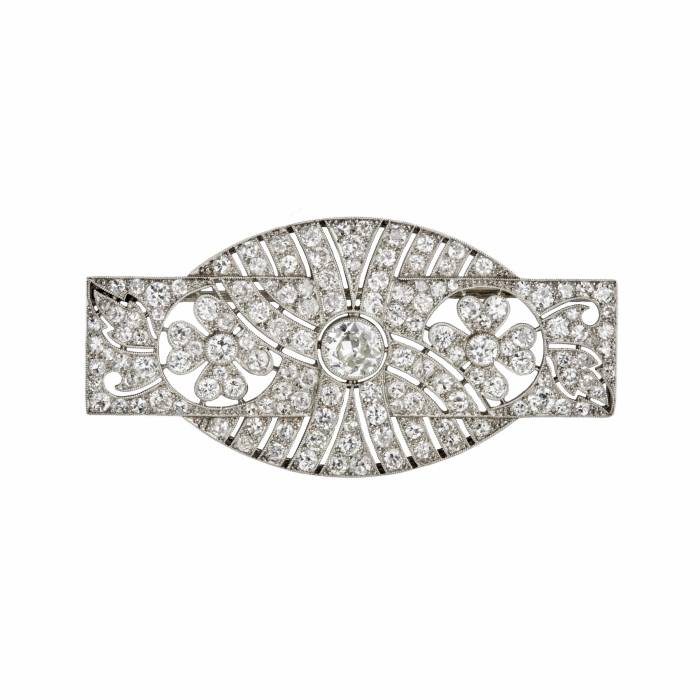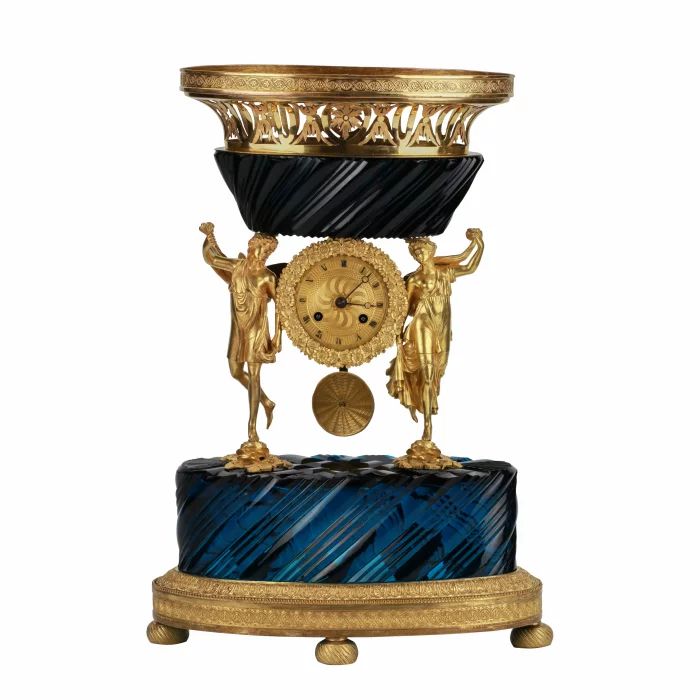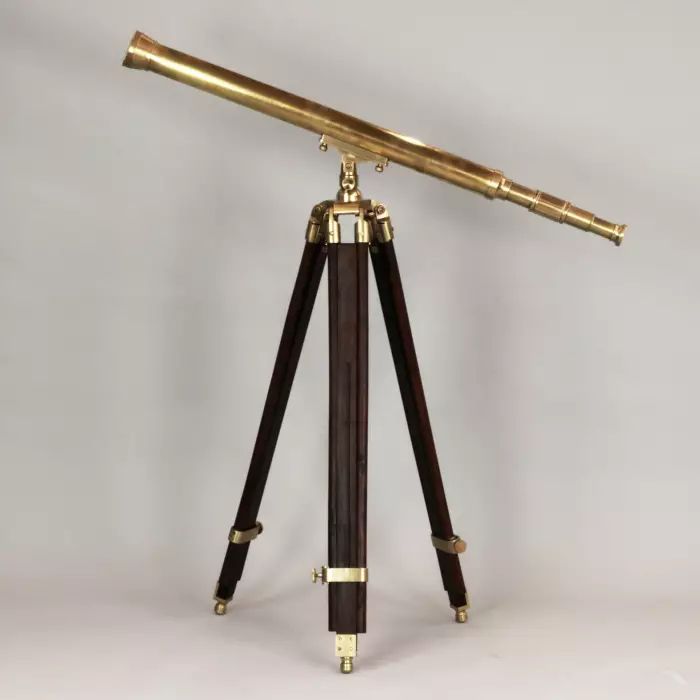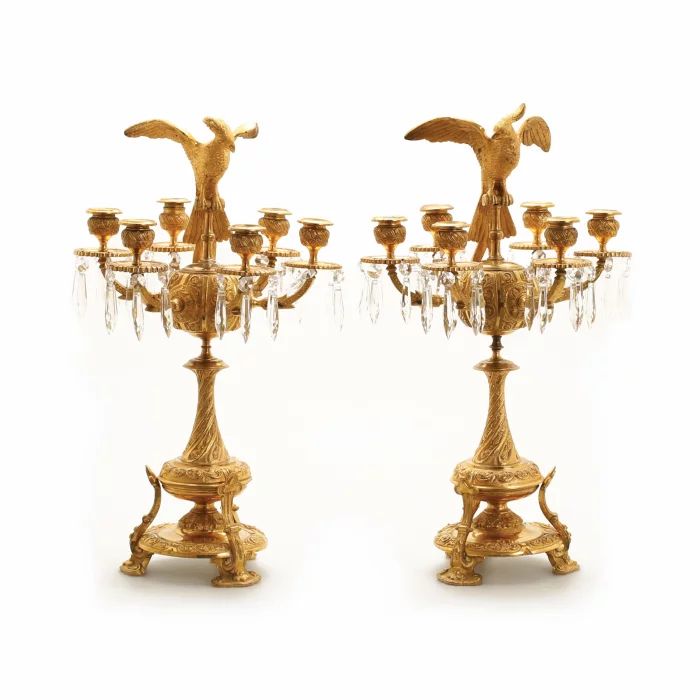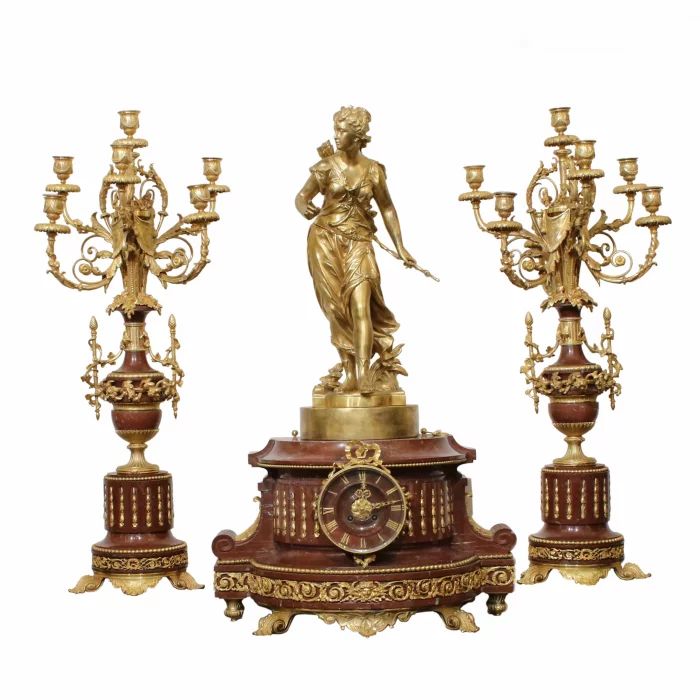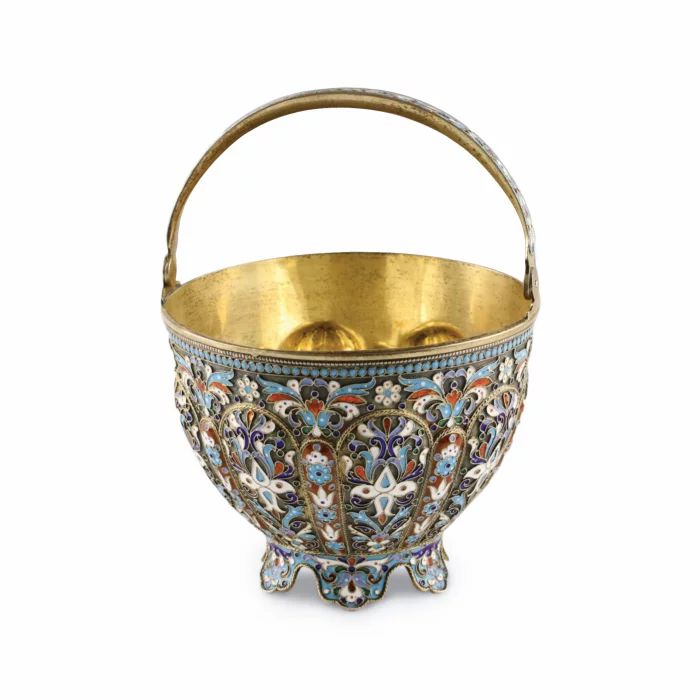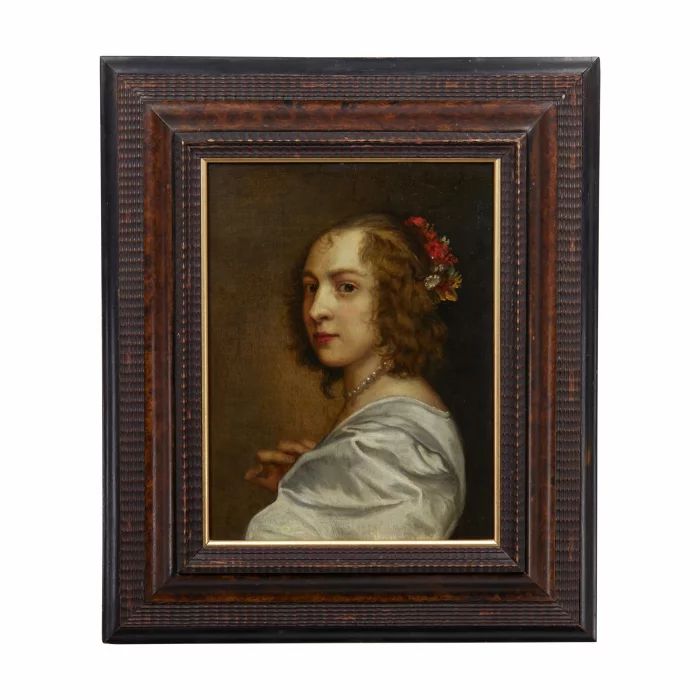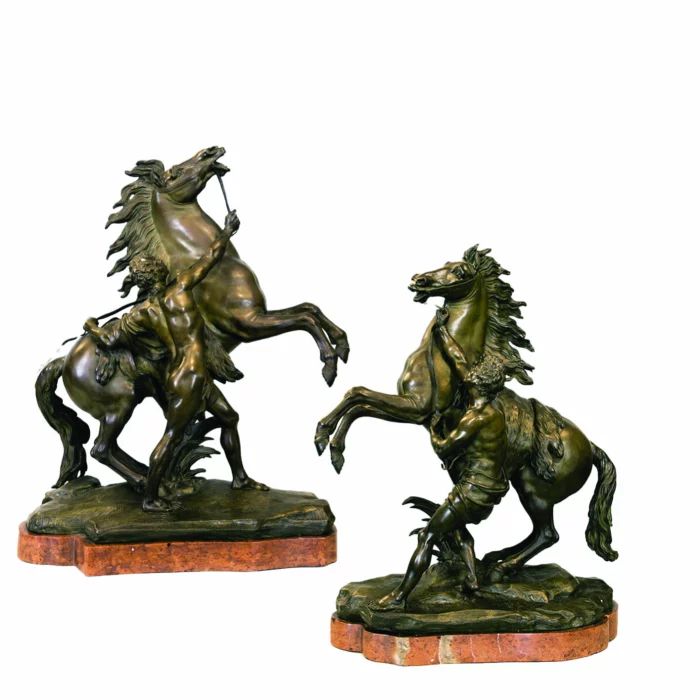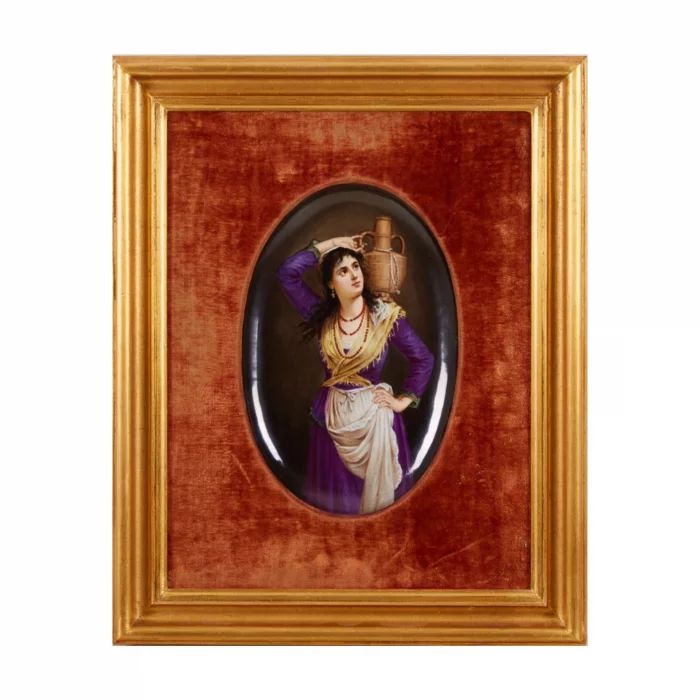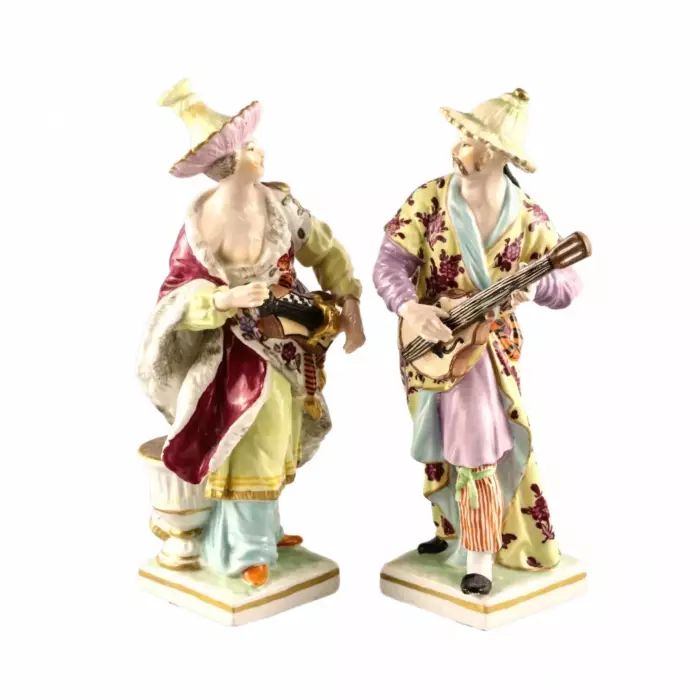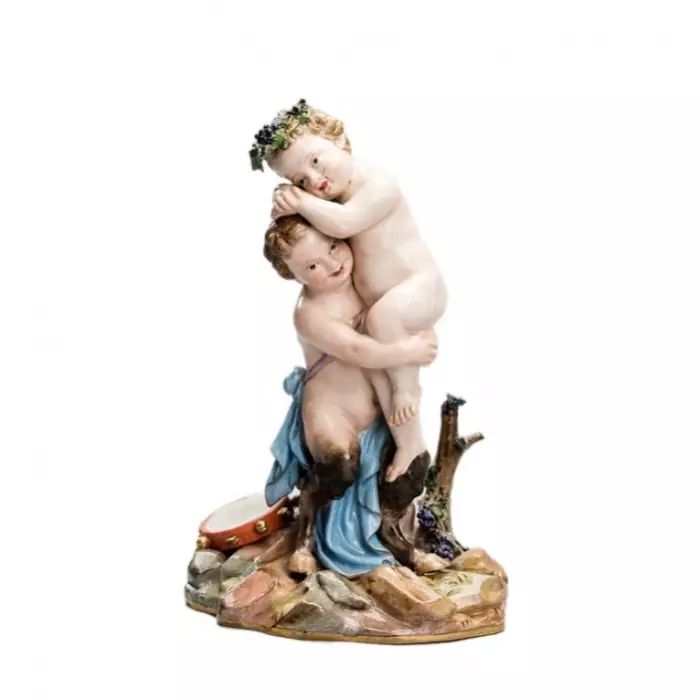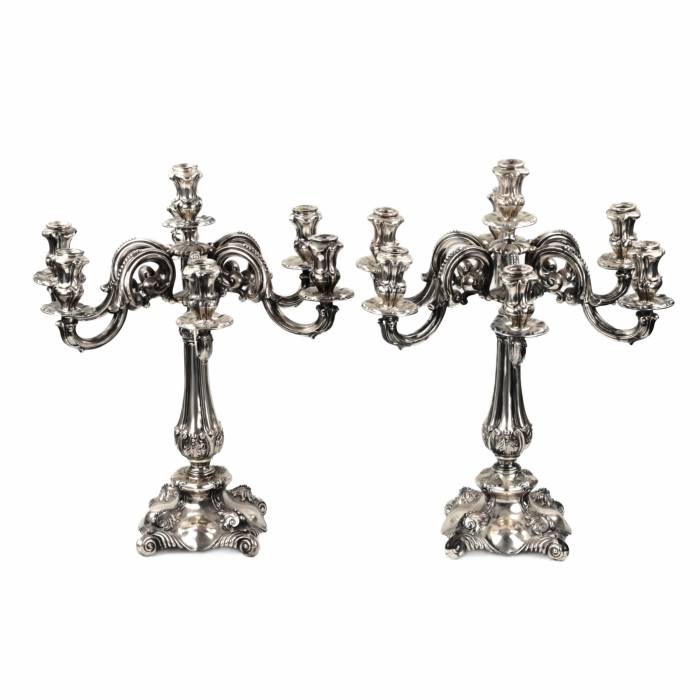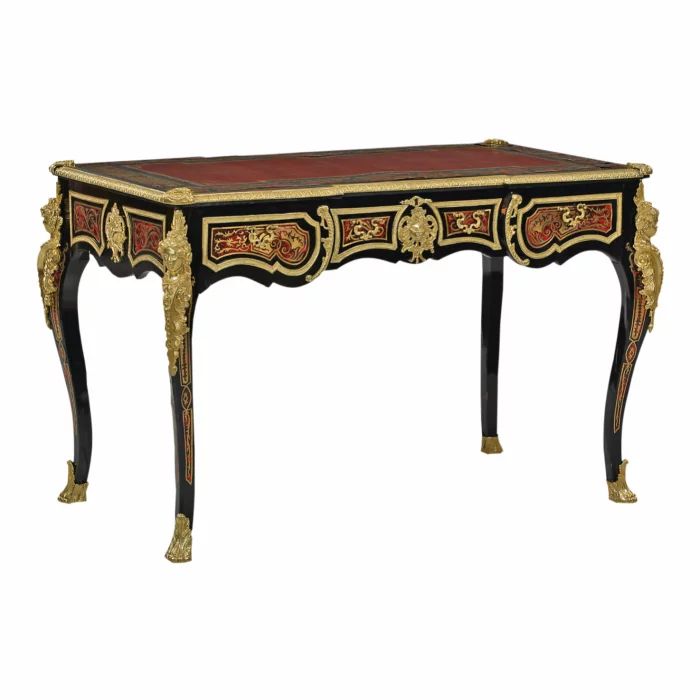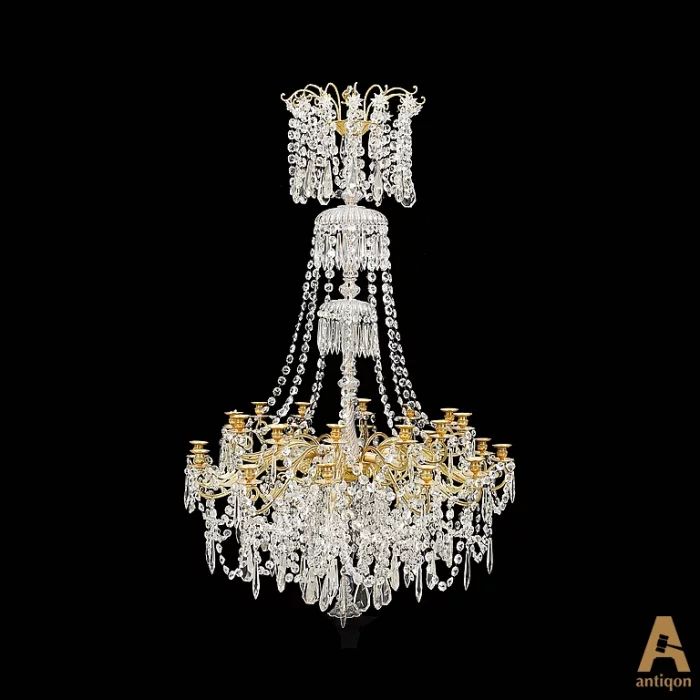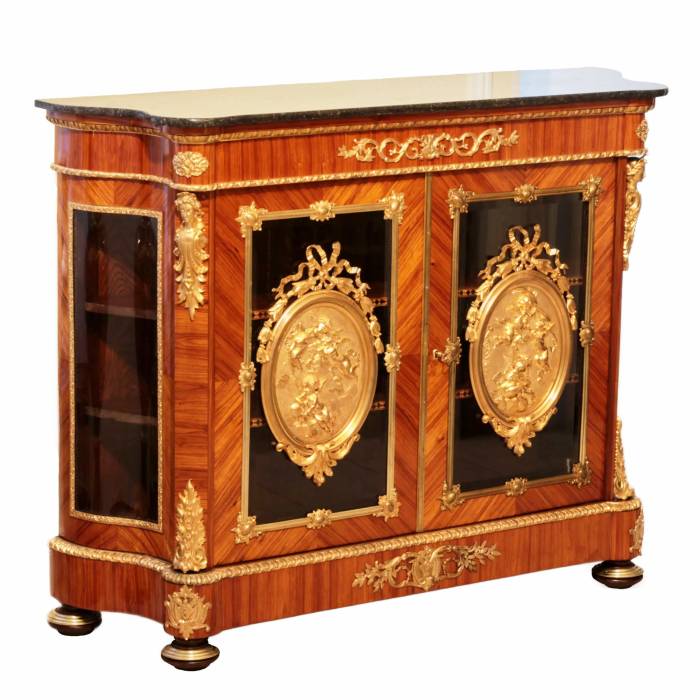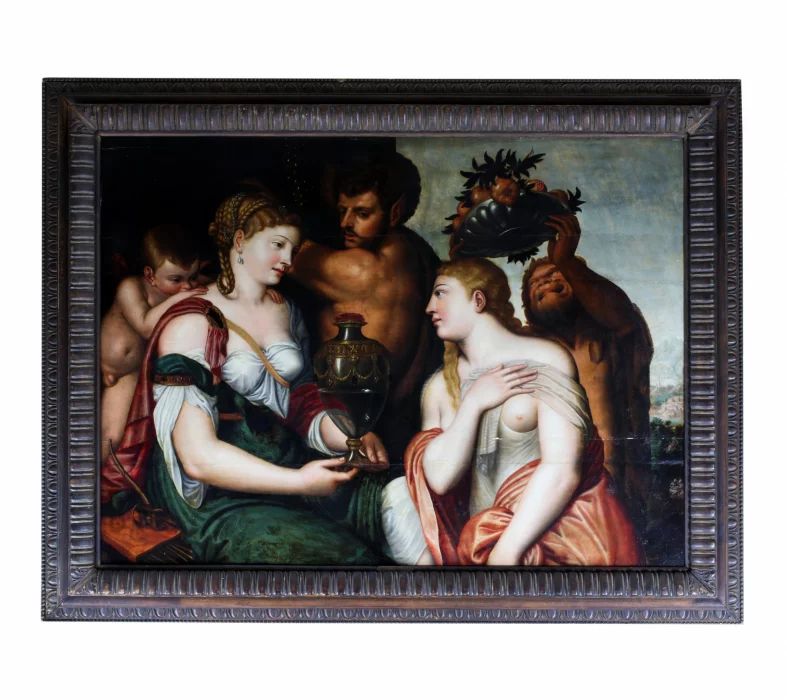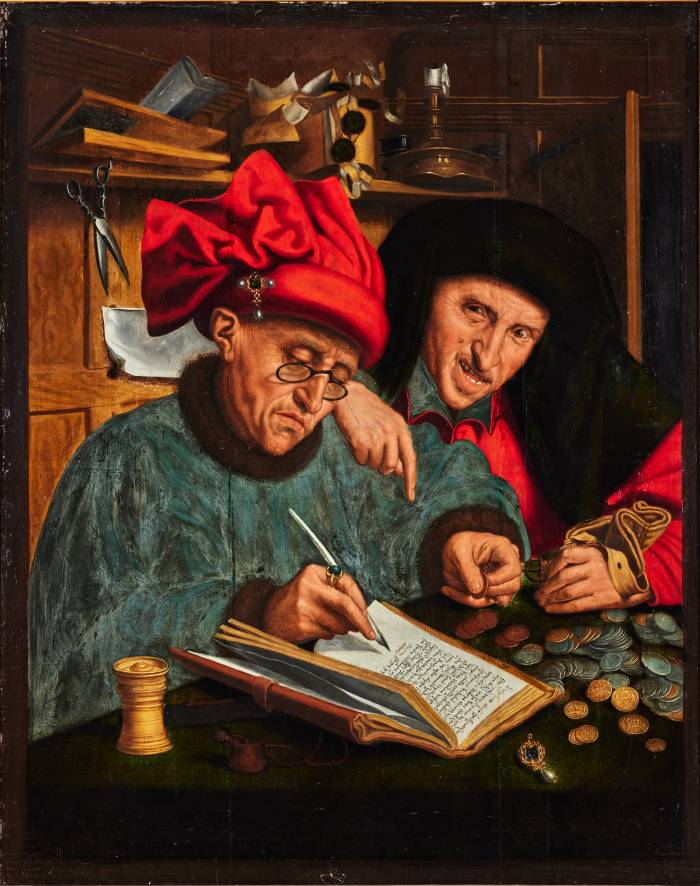The painting, executed in the manner of Marinus van Reymerswaele, depicts two tax collectors with grotesque faces, sitting at a table in clothes typical of the 15th century. The character closest to the viewer, dressed in a black turban and pince-nez, with a concentrated expression on his face, writes text in a book reminding tax evaders of their obligations before the law. The second collector, in a dark blue turban and red caftan, looking meaningfully at the viewer, points his hand to this text, clutching an empty coin purse in the other hand, emphasizing the need to replenish the treasury. The collectors` clothes stand out against the background of the interior, indicating the status and class of the characters . The faces depicted by the author emphasize the satirical meaning of the picture, hinting at human greed and stinginess. In this plot, the master created a grandiose satirical image of predatory financial capitalism, which arose in the light of the economic and cultural boom in Antwerp in the 16th century, which actually turned the once small Flemish city into the financial center of the world. According to experts, the recognizable scene of two misers was borrowed and recreated in many variations by the artist Marinus van Reimerswaele from the great Flemish author Quentin Massys. This plot was one of the most popular and recognizable in Europe during the period of the 16th - 17th centuries. Similar works adorned royal collections as well as collections of aristocrats and nobility of the time. Nowadays, Marinus van Reimerswaele`s works on the theme of Tax Collectors are part of the exhibition of museums around the world, including the Louvre in Paris, the National Gallery in London and the Prado Museum in Madrid. The recognizable plot is located in Windsor Castle, in the king’s personal chambers, as well as in the Royal Collection of Liechtenstein. One of the paintings of Tax Collector attributed to Marinus van Reimerswaal is included in the collection of the State Hermitage Museum in St. Petersburg, acquired from the heirs of the first Prime Minister of England Sir Robert Walpole at the end of the 18th century by the Russian Empress Catherine II. Follower of Marinus van Reymerswaele (Marinus van Reymerswaele) 1493-1567 Period: Turn of the 17th-18th century. Material: Canvas, oil, duplicated canvas. Canvas dimensions: 117 x 97 cm.
Period:
At the turn of 17th-18th century


